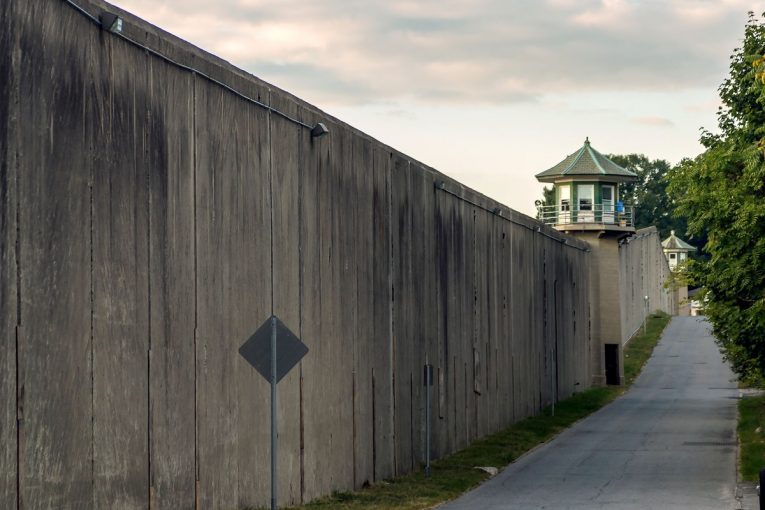

A group of men in a New York prison organized a school supply donation campaign. Then prison leadership squashed it.
By Sheldon P. Johnson
In September 2020, school was scheduled to resume after months of remote learning. The men of the Inmate Liaison Committee of Sing Sing Correctional Facility, in New York, had decided that we wanted to use our pooled money to support children of incarcerated parents with basic school supplies — book bags, electronic devices, notebooks, pencils. We thought these might ease some of the burden of struggling parents, support the children that we abandoned and give back to communities we willfully destroyed.
Long story short, we earmarked $2,500 to donate and found a non-profit organization in Brooklyn with a history of working with children of incarcerated parents. We filled out the purchase orders. But prison leadership denied our proposal and refused to sign the purchase order.
After 23 years in prison, I have concluded that prisoners can only aspire to rehabilitate themselves as far as the facility administration will allow. In this sense the progressive nature of the administration matters. That can determine what type of programs prisoners are allowed to participate in, thus influencing their overall  rehabilitation or desire to do and be more.
rehabilitation or desire to do and be more.
I recently watched Lisa Ling’s CNN docuseries “This is Life.” She showcased a group of prisoners in California whose superintendent allowed the men at his facility to engage in a donations campaign for a scholarship fund. Beyond that, he also allowed the prisoners to interact with students from their communities in a book club — a larger effort to promote a sense of humanity and to send a message to society that prisoners care and have compassion, too.
Based on decades of experience as a leader behind bars, I have concluded that many administrators are simply too culturally disconnected from the prisoners and the conditions that brought them to prison. Because of this, they fail to see the importance of allowing prisoners the opportunity to give back to the places from which they’ve taken so much. Perhaps our school supply donations would have run contrary to who we are supposed to be: inhuman, callous, incapable of seeing other peoples’ points of view.
I do not understand why some institutions are not even theoretically designed to promote an ideal of growth and rehabilitation. Do they only want to perpetuate the narrative that Americans convicted of crimes — in this case disproportionately Black, Latino and Native American people — are monsters and irredeemable?
How do we begin to have a conversation about criminal justice and prison reform if we cannot first believe that convicted Americans are worthy and capable of reform? If we cannot give them opportunities to be better? If we refuse to provide the means for them to recognize the error of their ways and to help tear down structural, racist impediments in their communities?
On June 17, 2020, Acting Commissioner of the New York State Department of Corrections and Community Supervision Anthony J. Annucci posted a written memorandum responding to the anti-racist protests in the wake of George Floyd’s murder. Addressing “All Incarcerated Individuals and Parolees,” he wrote:
“We are reminded that inherent bias runs deep and that we are each responsible for its elimination. We know that systemic problems require all-encompassing and carefully crafted solutions, and therefore it is up to each one of us to play a meaningful role, to be proactive and to become a part of the solution. We stand in solidarity with the fight against racism, and we recognize that we must all work together to bring about meaningful and structural change.”
Commissioner Annucci, we invite you to allow us to become part of the solution and assist the men at Sing Sing to bring about meaningful and structural change in our communities.
Originally published by Prison Journalism Project. Prison Journalism Project trains incarcerated writers to become journalists and publishes their stories. Sheldon P. Johnson is a writer incarcerated in New York.
